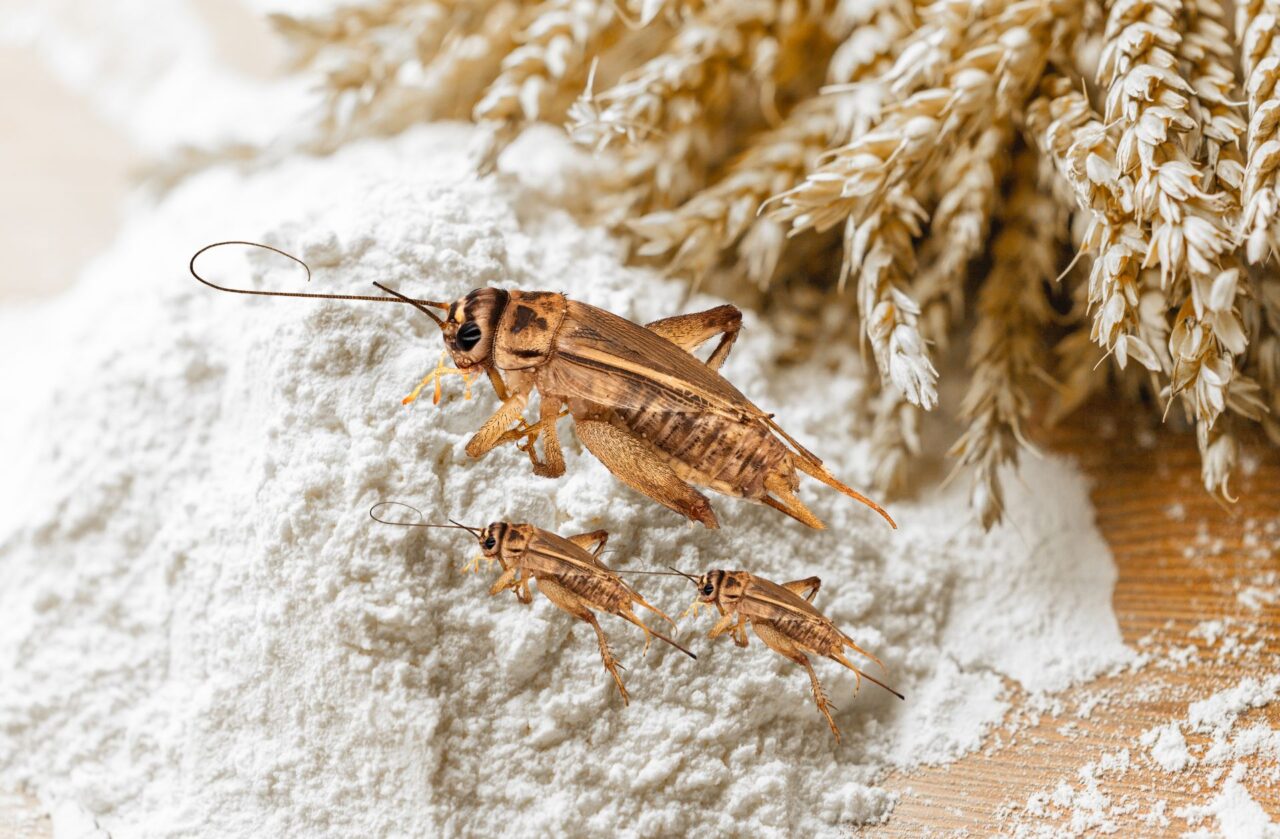The European Union just approved cricket powder, “Acheta domesticus” as a component of flour-based foods.
Cricket Powder in Flour
The European Union (EU) will begin allowing food producers to include cricket powder in flour-based products.
Cricket flour is made by whole-milling cooked crickets that have been dried. It is a whole, unprocessed food and not an isolated protein source.
After deciding to approve cricket powder, their final decision was documented and is online. Below is the verdict:
EUR-Lex:
In its scientific opinion, the Authority concluded that Acheta domesticus (house cricket) partially defatted powder is safe under the proposed conditions of use and use levels. Therefore, that scientific opinion gives sufficient grounds to establish that Acheta domesticus (house cricket) partially defatted powder when used in multigrain bread and rolls, crackers and breadsticks, cereal bars, dry pre-mixes for baked products, biscuits, dry stuffed and non-stuffed pasta-based products, sauces, processed potato products, legume- and vegetable- based dishes, pizza, pasta-based products, whey powder, meat analogues, soups and soup concentrates or powders, maize flour-based snacks, beer-like beverages, chocolate confectionary, nuts and oilseeds, snacks other than chips, and meat preparations, intended for the general population, fulfils the conditions for its placing on the market in accordance with Article 12(1) of Regulation (EU) 2015/2283.
The EU has deemed cricket powder safe under the proposed conditions of use and use levels. They warn that it may cause reactions to people who are allergic to “crustaceans, molluscs and dust mites.”

They warn to avoid catching and eating crickets that are found in the house, because you really don’t know what they eat or if they have been exposed to pesticides.
European Union
According to the European Regulations (EU) there are four countries that have permission for insect products entry into the Union: (Canada, South Korea, Switzerland, and Thailand)
The EU said that food labels must adhere to labeling cricket powder as “Acheta domesticus partially defatted powder” on food labels.
According to bug innovations, “In terms of greenhouse gas emissions, compared to beef, crickets emit (source): virtually no methane gas, 1% of carbon dioxide, and a third of ammonia per kg of body weight per day. In addition, crickets grow about 20 times faster than cows, which means they require much less resources to grow.”
Bugging Out
The Twitterverse spoke out against the buggy decision.
Cricket flour contains a type of fiber called chitin, which is usually found in the cricket’s hard shells (exoskeleton). Some experts claim it can be harmful in large quantities.
Get the news you need at It’s On News.


